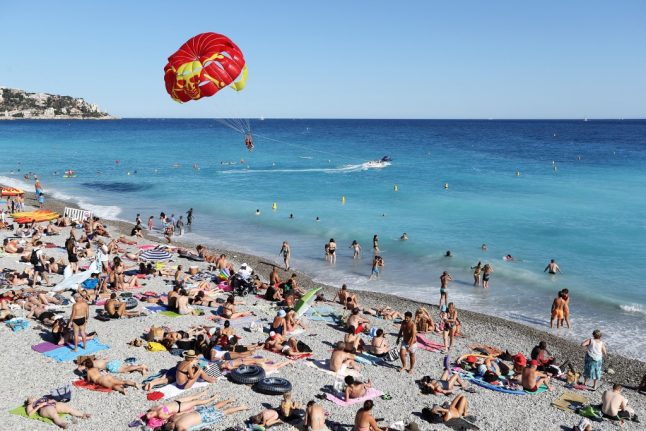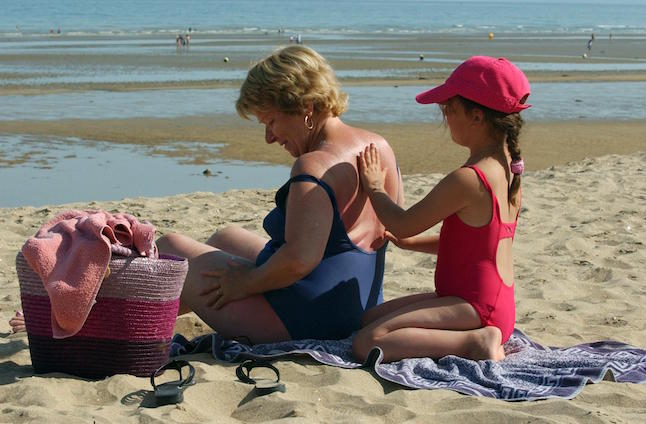If you're thinking of escaping the heat of the city and heading to a French beach or lake this summer, you'll probably want to consult the official list of France's cleanest beaches before you make any decisions about where to go.
Pavillon Bleu (Blue Flag), the body responsible for certifying the cleanliness of French beaches, released its full list of new winners for 2019 on Wednesday, with Cassis and Rousset in the south of France, and Vieure in the Auvergne-Rhône-Alpes making the grade this year.
The Pavillon Bleu scheme, created in 1985, was extended in 1995 to include leisure areas of water and pleasure harbours. This year many of the top ranked beaches are many miles from the sea, at one of France's lake beaches, which frequently offer watersports, sun loungers and food options just like their coastal cousins.
Overall hundreds of locations in France have been awarded a blue flag.
READ ALSO:
- IN PICS: The Corsican beach chosen as France's 'most beautiful'
- The beaches in France you might want to avoid this summer
 Photo: Pavillon Bleu website
Photo: Pavillon Bleu website



 Please whitelist us to continue reading.
Please whitelist us to continue reading.
Member comments